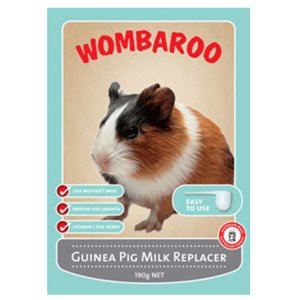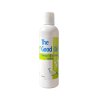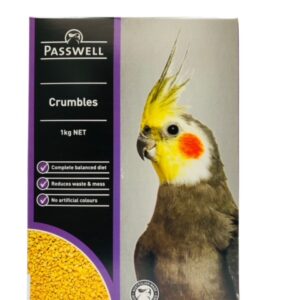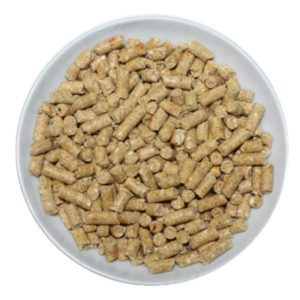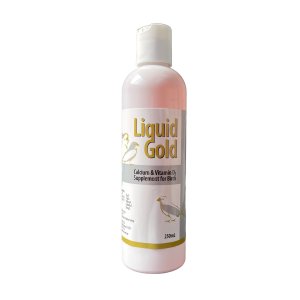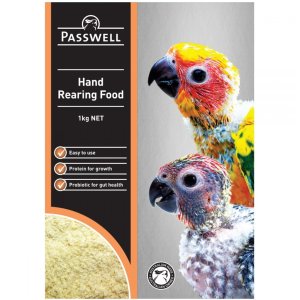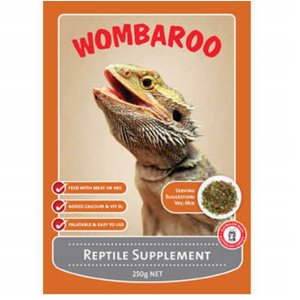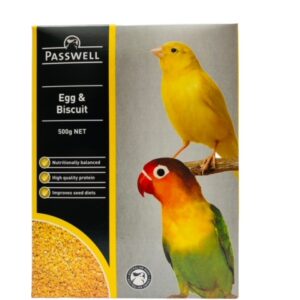GUINEA PIG MILK REPLACER
$18.20 inc GST
Milk substitute for guinea pigs. Use for orphaned pups, large litters or when mother’s milk is limited.
Key Features
- Like Mother’s Milk – formulated to match the composition of guinea pig milk.
- High in Protein – to sustain the rapid growth of pups.
- Vitamin C for Joints – an essential nutrient for healthy guinea pigs.
Available in 190g
3 in stock
Use Guinea Pig Milk Replacer for orphaned pups, large litters or when mother’s milk is limited. Newborns that did not receive mother’s colostrum may benefit from Impact Colostrum Supplement.
Making up Milk:
To make 35mL of milk: Mix 1 level scoop of powder (6.5g) with 30mL of warm water.
To make 1 litre of milk: Mix 190g of powder with 870mL of warm water.
Add about half the water to the powder first and mix to a paste. Then add the remaining water and mix thoroughly. Pre-boil the water to ensure it is sterilised. If the water is too hot it can cause the milk to curdle. If it is too cold then it will be difficult to disperse the powder. An electric whisk can be used for mixing larger quantities. Milk can be stored in the fridge for a day or can be frozen for up to 2 weeks. It is useful to make-up larger quantities and store it frozen in small portions (e.g. ice cube trays), so that the required daily feed volumes can be easily thawed out. Once thawed out, discard any unused milk, and wash feeding utensils thoroughly.
Feeding Guide:

Warm milk to about 35°C. Feed from a syringe or bottle with teat, a P Teat is recommended. Feed every 2-3 hours for the first 5 days, reducing this to every 4-6 hours as pups get older. Once significant solid food is being consumed the quantity and frequency of milk feeds can be reduced accordingly. Pups will need to be stimulated to defecate and urinate in the first week of life. As pups are born well-developed and mobile, they may be encouraged to lap soon after birth. To avoid dehydration during periods of hot weather supply plenty of fresh water. Consult your veterinarian or breeder for particular advice about caring for young guinea pigs.
Growth:
Birth weight is usually around 60-110g. Body weight may be stable for the first couple of days, but should increase by 3-7g per day thereafter (depending on breed). It is important to weigh pups regularly to verify growth rate and determine the daily feed volume of milk. Overfeeding milk can cause diarrhoea so feed the suggested volumes in our tables.
Weaning:
Pups may begin to show interest in solid foods around 2-3 days of age. Ideally pups should have access to caecotrophs (caecal pellets) from a healthy adult animal to help establish the correct gut flora. Initially establish young guinea pigs on hay, green leafy vegetables and some pellets. Once they start to eat solid food continue to increase solids and reduce milk intake until they are fully weaned at around 14-21 days. Avoid any foods containing high levels of starch or sugars (e.g. root vegetables, grains or fruit) until fully weaned. Because of their ability to eat solid foods from an early age, many carers will tend to wean guinea pigs early (around 5-7 days). However this practice restricts protein intake at the peak growth stage, and may lead to developmental problems and even stunting of growth. We recommend to maintain pups on some milk for as long as possible (up to 21 days) as is the case with mother-reared pups.
Ingredients:
Whole milk solids,whey protein, casein, vegetable oils, omega-3 and omega-6 fatty acids, stabilised Vitamin C, vitamins A, B1, B2, B3, B5, B6, B9, B12,C, D3, E, K, biotin, folic acid, choline, calcium, phosphorus, potassium, sodium, magnesium, zinc, iron, manganese, copper, iodine, selenium.
Typical Analysis:
| Protein | 42% |
| Fat | 24% |
| Ash | 6% |
| Moisture | 4% |
| Energy (ME) | 20 MJ/kg |
| Weight | 0.222 kg |
|---|---|
| Dimensions | 10.0 × 4.0 × 14.0 cm |
Related products
WOMBAROO
INSECTIVORE REARING MIXFor insectivorous and carnivorous birds
WOMBAROO
CRUMBLESA healthy replacement to seed mixes
WOMBAROO
PARROT PELLETSA healthy replacement to seed mixes.
WOMBAROO
REPTILE SUPPLEMENTBalanced diet for captive reptiles
WOMBAROO
EGG & BISCUITSupplement for cage & aviary birds



